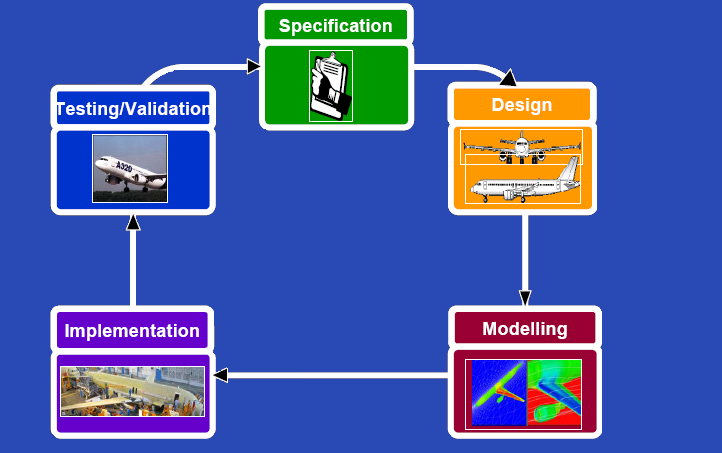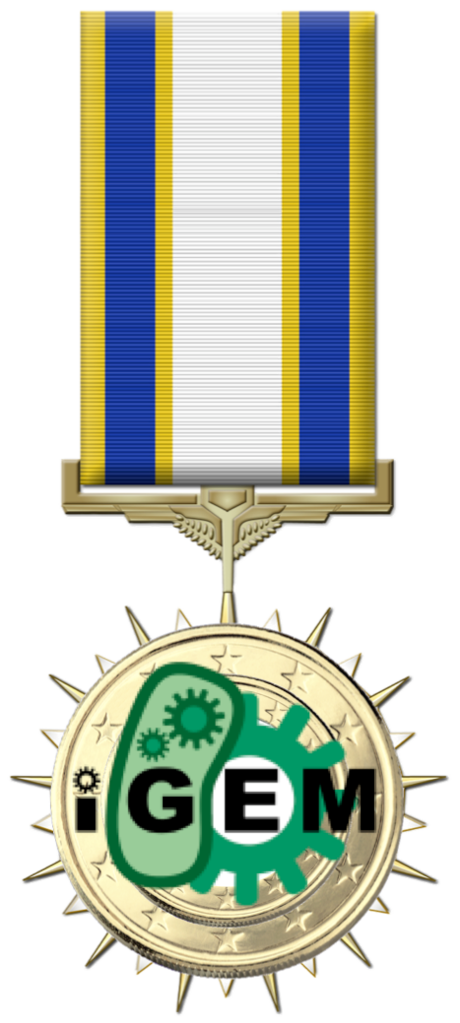Team:Imperial College/Summary
From 2008.igem.org
m |
m |
||
| Line 2: | Line 2: | ||
=== Summer Summary === | === Summer Summary === | ||
| - | {{Imperial/Box2|Our Approach|[[Image:Cycle.PNG|center|500px]]|}} | + | {{Imperial/Box2|Our Approach|[[Image:Cycle.PNG|center|500px]]<br> |
| + | The Imperial College 2008 team chose to take the engineering approach to the biofabricator project. This framework has helped us organised the project and team. |}} | ||
| - | |||
{{Imperial/Box1|Design| | {{Imperial/Box1|Design| | ||
| Line 12: | Line 12: | ||
*'''Motility Control device''' - Converting a PoPS input into an output of motility arrest, | *'''Motility Control device''' - Converting a PoPS input into an output of motility arrest, | ||
*'''Integration device''' - To allow integration and selection of our genetic constructs, | *'''Integration device''' - To allow integration and selection of our genetic constructs, | ||
| - | + | Each of these constructs makes up the final device which is shown below. Within the device YtvA part of the light-sensitive pathway in ''B. subtilis'' is constitutively upregulate. A light input is then converted to PoPS by light inducible promoters .a , then use a downstream product from that pathway to selectively regulate expression of our clutch and biomaterial. This overview is shown on the right. To do this we need to produce at least one constitutive promoter to precede our light-sensing mechanism, as well as a 'light-inducible' promoter in front of our clutch and biomaterial. Additionally, we'll need to make all the other standard parts such as ribosome binding sites (RBS) and terminators. | |
| - | + | ||
[[Image:Genetic circuit.PNG|750px|center]] | [[Image:Genetic circuit.PNG|750px|center]] | ||
Revision as of 00:05, 21 October 2008
Summer Summary
|
|||||||||||||||||||||||||||||||
 "
"



